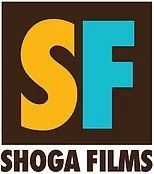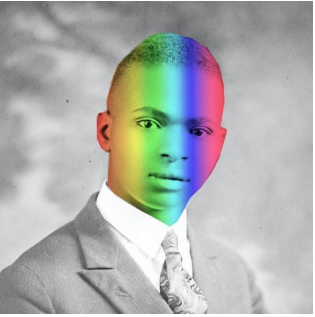Lyric and the Queer Harlem Renaissance Part 2: The Men
It is an odd, little discussed fact that ALL of the best-known poets of the Harlem Renaissance were queer: Claude McKay, Countee Cullen, and Langston Hughes. As we pointed out in Part One of this series, lyric poetry was the most inviting vehicle to convey desire, but with rare exceptions queer poets could not express same-sex desire unless pronouns were suppressed or the language was heavily coded or poetic ambiguity was so thick that readers only heard the music and left satisfied with that.
Claude McKay had already disclosed a gay orientation in the heartbroken envoi to his fellow constable, “Benny’s Departure,” published in Jamaica in 1912 as part of a book of dialect poems entitled Constab’ Ballads. These, however, were pretty much unknown in the States where McKay was forging his reputation as a poet in the late teens and early twenties. When his first book of Stateside poems, Harlem Shadows, was published in 1922, one of his poems “Rest in Peace” starkly ends “Farewell, oh, fare you well! my friend and lover.”
That seems straightforward enough, but through the use of ungendered nouns (“lover”) and pronouns (the poem is addressed to the deceased “you”), McKay avoids disclosing the gender of his beloved, although it’s clear in the catalogue of urban woes of the previous lines that the figure is a man. Nonetheless, with room for any sort of ambiguity, critics of the time, and even today, were happy to turn a blind eye.
Langston Hughes is the least revelatory of lyric poets. Queer critics comb desperately through his writings to try and establish his sexual orientation – still a mystery. The poetry doesn’t help. Langston’s first person (“I”) is rarely personal and is usually deployed in either a racialized way (“I, Too”) or in a persona poem (“Elevator Boy”). As Hilton Als wrote in The New Yorker: “The ungrounded first-person voice allows Hughes to be humanity, but not a specific human.”
In one instance only is there any note of personal loss and longing.
Poem
(To F.S.)
I loved my friend.
He went away from me.
There’s nothing more to say.
The poem ends,
Soft as it began.
I loved my friend
Contrary to the assertion of the third line, there’s plenty more to say … or at least many questions left unanswered. What kind of friend was F.S.? How did he go away? Why did he go away?
We can now speculate with the assurance of historical research that F.S. was Ferdinand Smith, a Jamaican merchant seaman Hughes met in Harlem, but knowing that sheds little light on the nature of their relationship or why Hughes was so moved to express a personal sorrow he publicly exhibited nowhere else.
Which brings us to Countee Cullen, the gayest and most active of our closeted trio. Throughout his adult life, Cullen carried on affairs with a string of white lovers, some of whom found themselves as dedicatees: Donald Duff (“Tableau”), Llewellyn Ransom (“The Shroud of Color”), and John Gaston Edgar (“For A Poet”). Cullen also dedicated poems to gay friends Leland Pettit, Edward Perry, and Carl Van Vechten.
The motives behind such dedications were hardly the stuff of public knowledge, and although Cullen’s homosexuality was an open secret to his circle of friends, his poetry was generally so allusive and dense that any possible gay meanings were well hidden. The best candidate for a straightforward queer reading is the poem “Tableau,” dedicated to Donald Duff.
Locked arm in arm they cross the way,
The black boy and the white,
The golden splendor of the day,
The sable pride of night.
From lowered blinds the dark folk stare,
And here the fair folk talk,
Indignant that these two should dare
In unison to walk.
Oblivious to look and word
They pass, and see no wonder
That lightning brilliant as a sword
Should blaze the path of thunder.
Locked arm in arm? Lightening brilliant as a sword blazing a path of thunder? Suggestive but no smoking phalli, to coin a phrase.
And yet the accomplished ambiguity of the poem makes searching for an indisputably gay motive seem almost trivial. “Tableau” offers a perfectly harmonized counterpoint of the two themes, sexuality and race, in a manner which, while saying nothing explicitly gay, nevertheless broaches the topic of homosexual miscegenation without subterfuge or disguise. To be so discreetly indiscreet is an achievement in itself. No amount of paraphrasing can do it justice.
As with the queer poetry from the Harlem Renaissance women, the harvest is meagre. But it had to be so in a time when proclaiming one’s homosexual orientation was professional and social suicide. Even Richard Bruce Nugent, the most visibly queer artist of the Renaissance, acknowledged as much in his posthumously published lyric, “Who Asks This Thing?”
But that I wear my heart for all to see
Means I am bound while he is, sadly, free.
He walks alone who walks in love with me.
Recent Posts
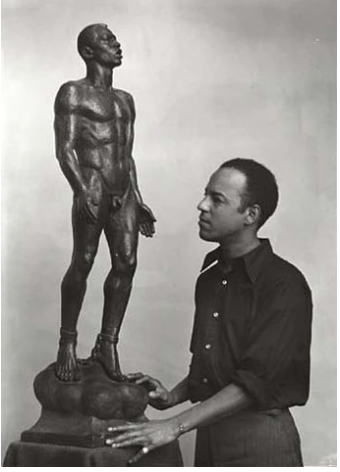
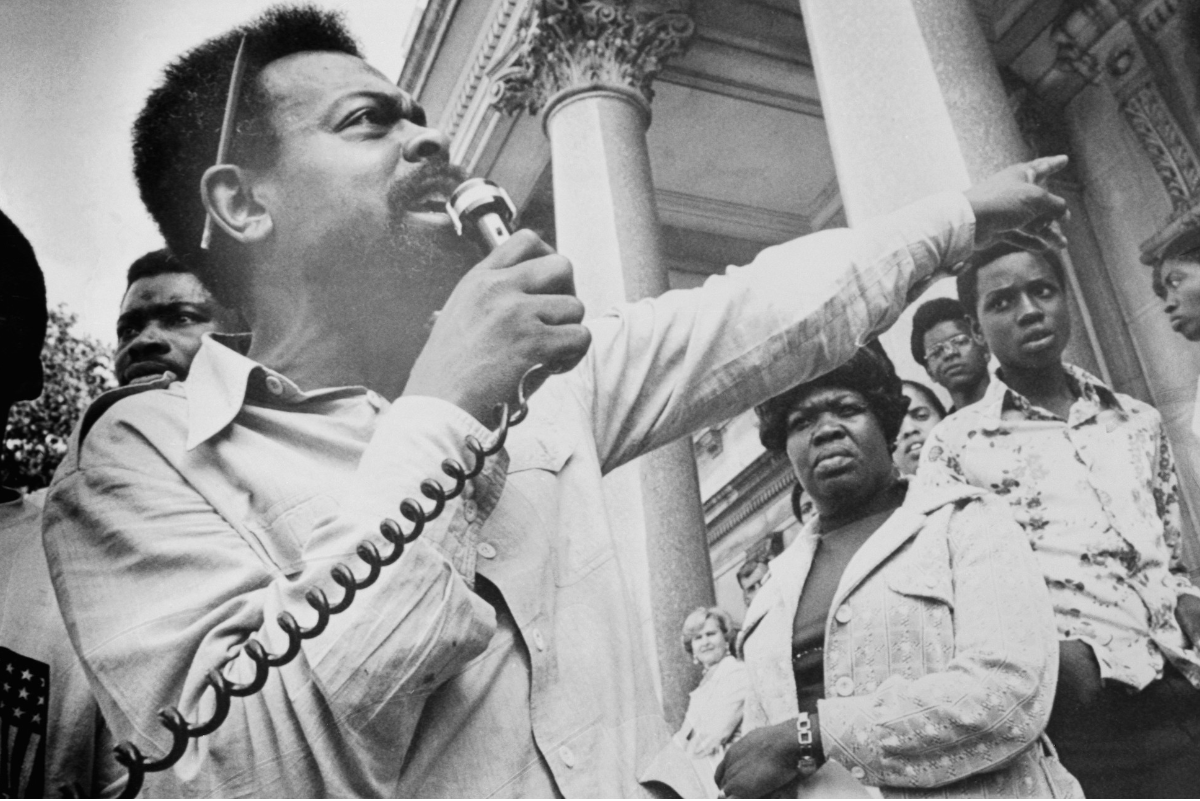
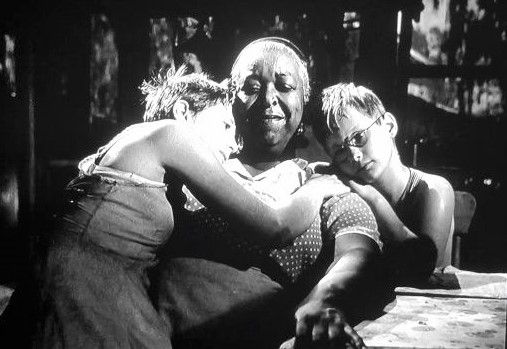
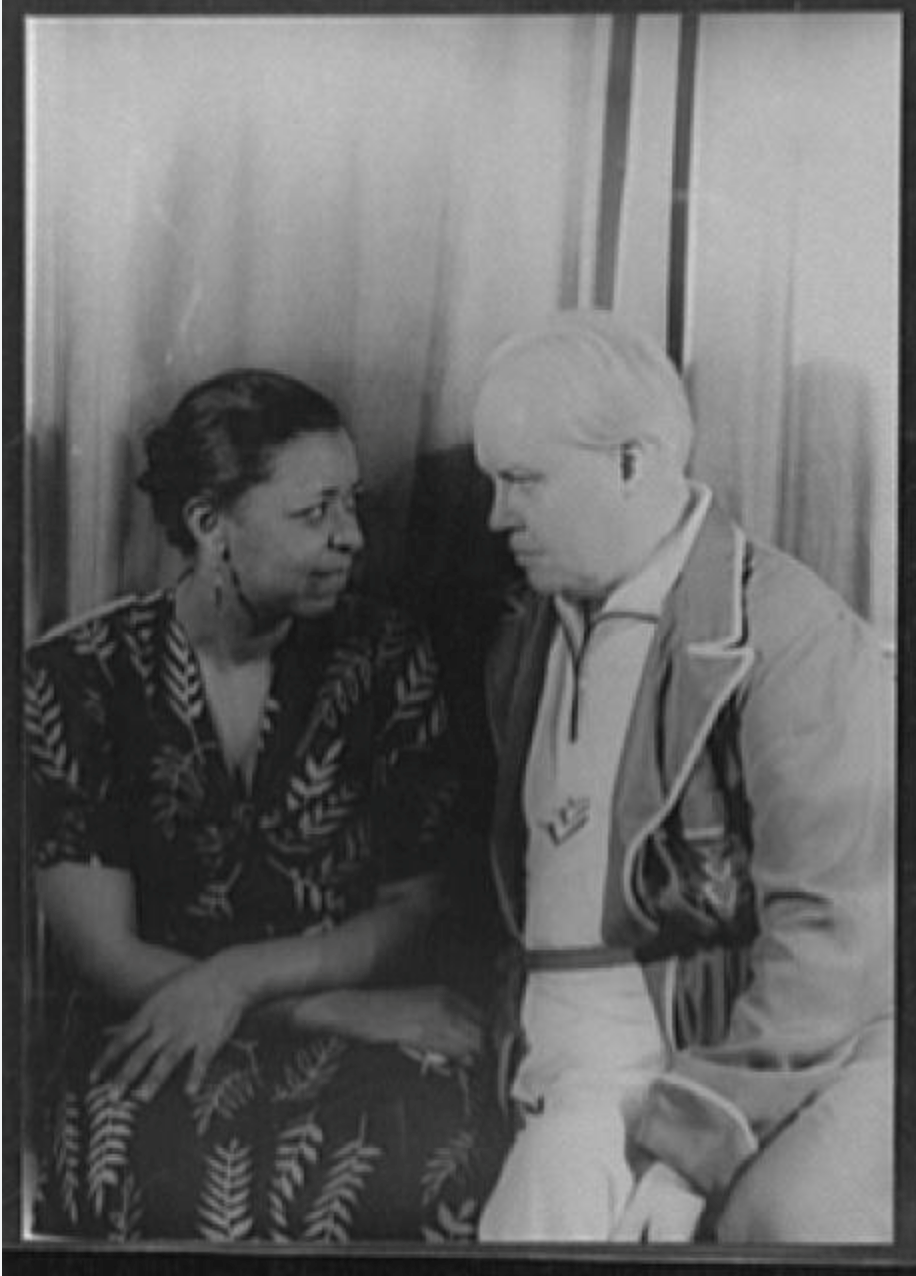
SHOGA FILMS is a 501(c) (3) non-profit production and education company. We create multimedia works around race and sexuality that are intended to raise awareness and foster critical discussion.
Contact Us
All Rights Reserved | Shoga Films
Stay Connected
Thanks for subscribing!
Please try again later.

